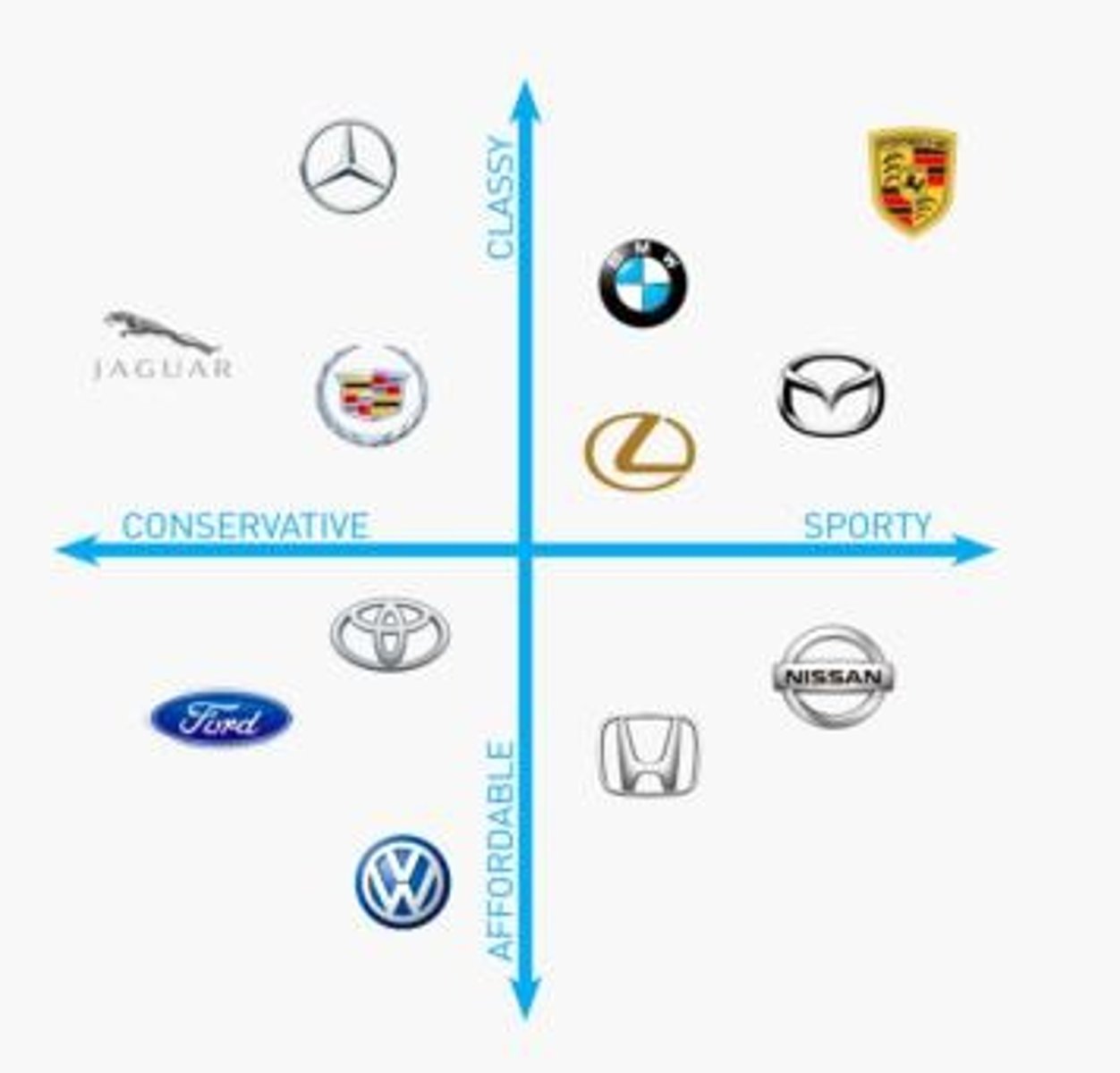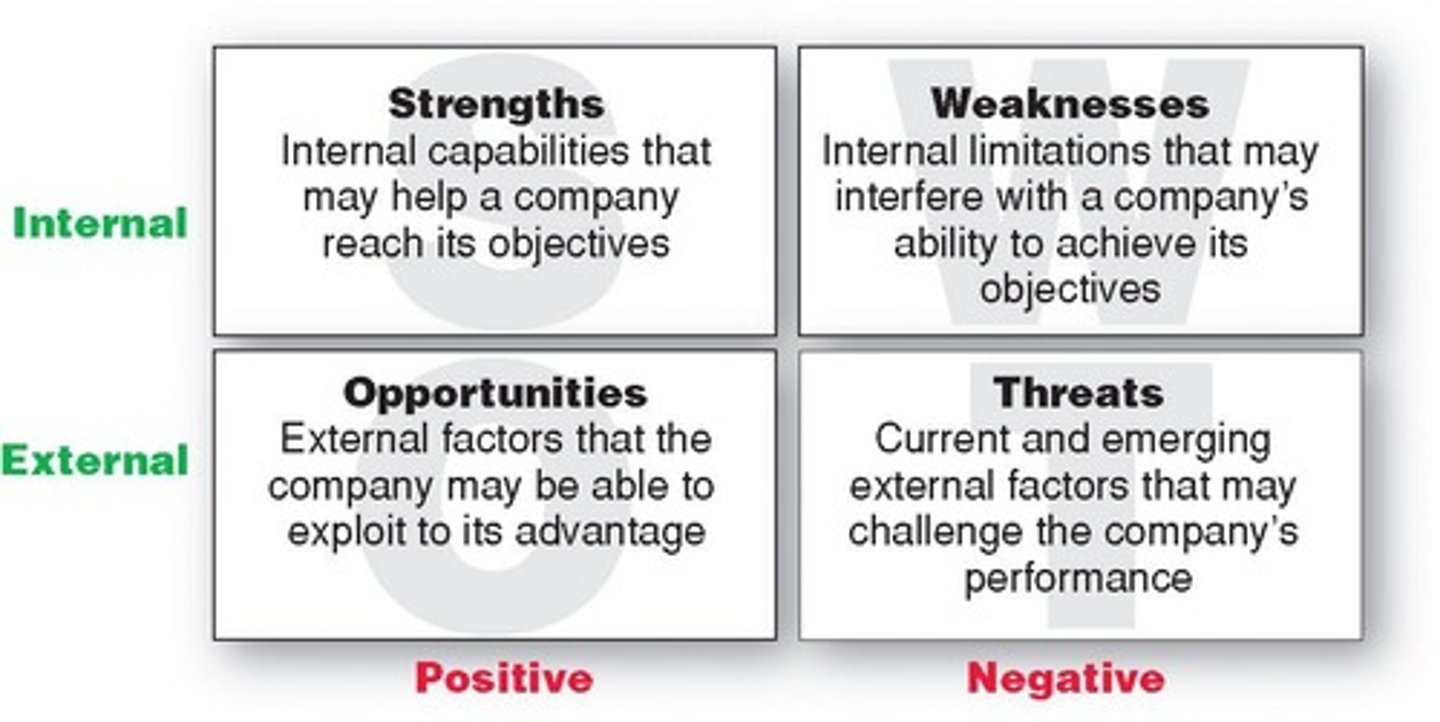Comprehensive Guide to Market Segmentation, Targeting, and Positioning Strategies
1/62
There's no tags or description
Looks like no tags are added yet.
Name | Mastery | Learn | Test | Matching | Spaced |
|---|
No study sessions yet.
63 Terms
Consumer Research/Insights
Understanding consumer behavior and preferences through data analysis.
Undifferentiated Marketing
Ignore market segment differences and target the whole market with one offer.
Advantages of Micromarketing
Better meet customer needs.
Marketing Strategy
A planning process done prior to development of the marketing plan (4 Ps) that involves setting business and marketing objectives, SWOT, mission statement, value proposition, and brand positioning/differentiation.
Geographic Segmentation
Dividing the market into different geographical units (nations, regions, states, counties, cities, neighborhoods, etc.).
Psychographic Segmentation
Segmentation based on social class, lifestyle, and personality.
Occasion Segmentation
Marketing a product based on time of the day (e.g. morning OJ).
Usage Rate Segmentation
Segmentation based on how often people use the product (e.g. Red Bull segments their customers based on heavy usage & lifestyle).
Customer Lifetime Value (CLV)
Identifying and treating special customers with high customer lifetime value.
Long Term Profit
Profit generated over an extended period, contributing to overall business sustainability.
Value Proposition
A set of benefits or values a company promises to deliver to consumers to satisfy their needs better than competition.
Consumer Perceptual Maps
Visual representations of consumer perceptions of different brands or products in relation to each other.

Planning of the 4 Ps
The process of developing the marketing mix, which includes Product, Price, Promotion, and Place.
Customer Service
Building a long-term relationship with consumers through effective support and service.
Differentiable
Segments are conceptually distinguishable and respond differently to different marketing mix elements and programs.
Actionable
Effective programs can be designed for attracting and serving the segments.
Target Consumer Size
Your job as marketer is to set the size of your target consumer: Mass, Segmented, Niche or Micro.
Differentiated Marketing
Target multiple segments with separate offerings.
Concentrated Marketing
Dominate a small niche.
Mass Customization
Firms interact one-to-one with masses of customers.
Disadvantages of Concentrated Marketing
Smaller pie.
Disadvantages of Micromarketing
More expensive and riskier to customize: fewer customers.
Identifying Strategy Factors
Depends on company resources, ability/supply to make the product for everyone, and strategy focus.
Targeting Strategy Evaluation
Evaluate using MSDA.
Target Segment Description
Which of the 3-5 segments is your target? Describe them.
Demographic Segmentation Example
Age 16-18 HS, Age 19-30 College/Young Adult, Age 30-40 Approaching Middle Age Adult, Age 45-54 Middle Aged Adult, Age 55+ Older Adults/Seniors.
MASDA
Measurable, Accessible, Substantial, Differential, & Actionable
Airline Name
Comfort Air
SMART Goals
Specific, Measurable, Achievable, Relevant, Time-bound objectives for business and marketing.
Differentiation
The process of distinguishing a product or offering from others to make it more attractive.
Customer Perceptual Maps
Visual representations of how consumers perceive different brands in a market.
Market-oriented Mission Statement
A purpose statement that focuses on consumer needs and wants.
Product-oriented Mission Statement
A purpose statement that focuses on the product itself rather than consumer needs.
Long-term Profit
The sustained financial gain a company aims to achieve over time.
Buyer Behavior
The decision processes and actions of consumers when purchasing products.
Loyalty Programs
Marketing strategies designed to encourage repeat business from customers.
Differentiation Factors
Attributes that make a product or service stand out from competitors.
Market Research
The process of gathering, analyzing, and interpreting information about a market.
Positioning Map
A visual representation of how brands are perceived in relation to each other.
Demographic Segmentation
Segmentation based on age, life stage, gender, income, generation, race, and culture.
Behavioral Segmentation
Segmentation based on occasion, benefit, usage rate, and loyalty status.
Benefit Segmentation
Segmentation based on the benefits consumers seek from a product (e.g. bicycles for commuting, working out, road racing, recreation).
Loyalty Status Segmentation
Segment based on degree of loyalty to brands, stores, or companies (e.g. Sephora's Beauty Insider Program).
Market Targeting
Evaluating each segment's attractiveness and selecting one or more market segments to enter.
Marketing Math
Quantitative analysis used to assess marketing effectiveness and customer value.
Competition Monitoring & Analysis
Analyzing competitors to inform marketing strategies.
SWOT Analysis
A strategic planning tool used to identify strengths, weaknesses, opportunities, and threats related to competition or project planning.

Micromarketing
Tailoring products/programs to suit tastes of specific individuals and locations.
Local Marketing
Tailoring brands and promotions to the needs and wants of customer groups.
Individual Marketing
Tailoring products to needs and preferences of individual customers.
Advantages of Differentiated Marketing
The same company can capture various types of customers.
Advantages of Concentrated Marketing
Bigger piece of the pie (less competition).
Target Segments
Age groups 19-30 & 30-40. Young adults with increasing $$ for comforts/style.
Market Analysis
A systematic examination of the market to identify customer needs and competition.
Competitive Advantage
Delivering value better than competitors through unique product features or services.
Brand Positioning
The strategy of positioning a brand in the mind of consumers relative to competitors.
4 Ps of Marketing
Product, Price, Place, Promotion - the key elements of a marketing strategy.
Data Analytics
The process of examining data sets to draw conclusions about the information they contain.
Market Segmentation
Dividing a market into smaller groups of buyers with distinct needs, characteristics, or behaviors that might require separate marketing strategies/mixes.
Disadvantages of Differentiated Marketing
Costs more to offer additional products/services.
Segmentation Type
List out a 3-5 segments for your segmentation type.
Airline Name and Value Proposition
What is your airline name? Value proposition?
Still learning (39)
You've started learning these terms. Keep it up!